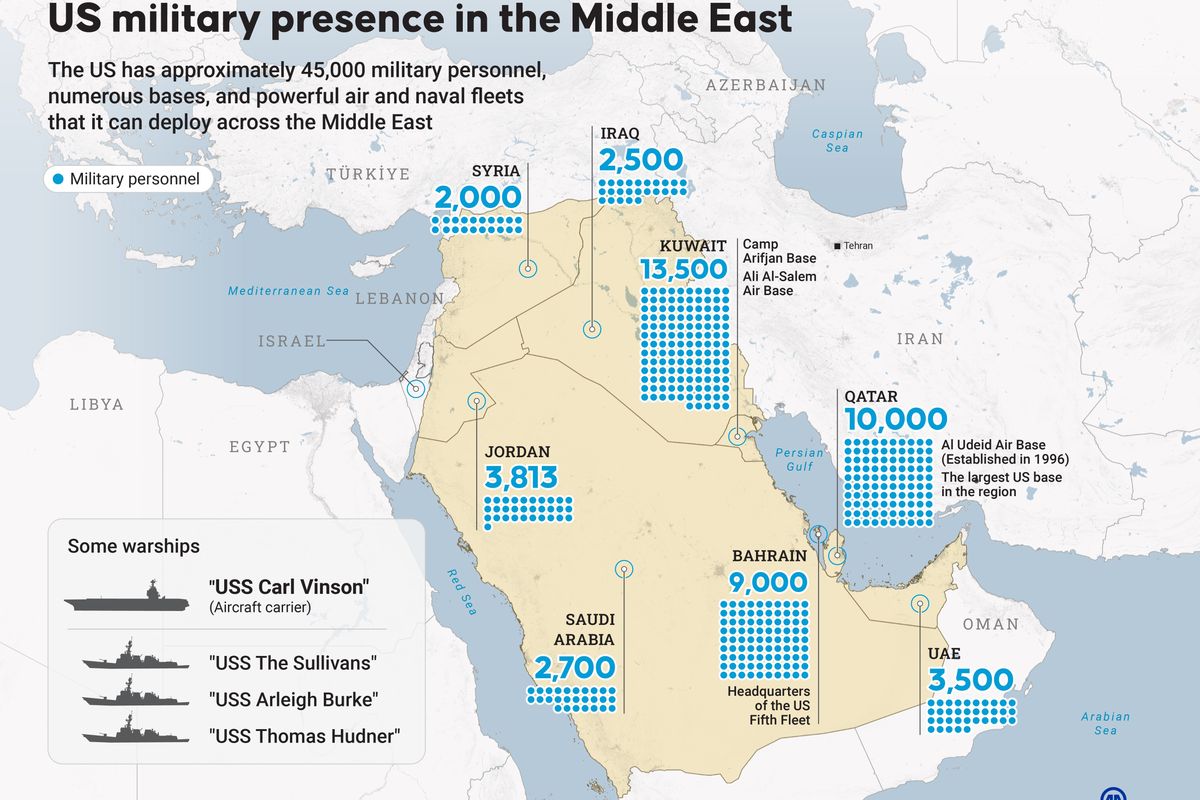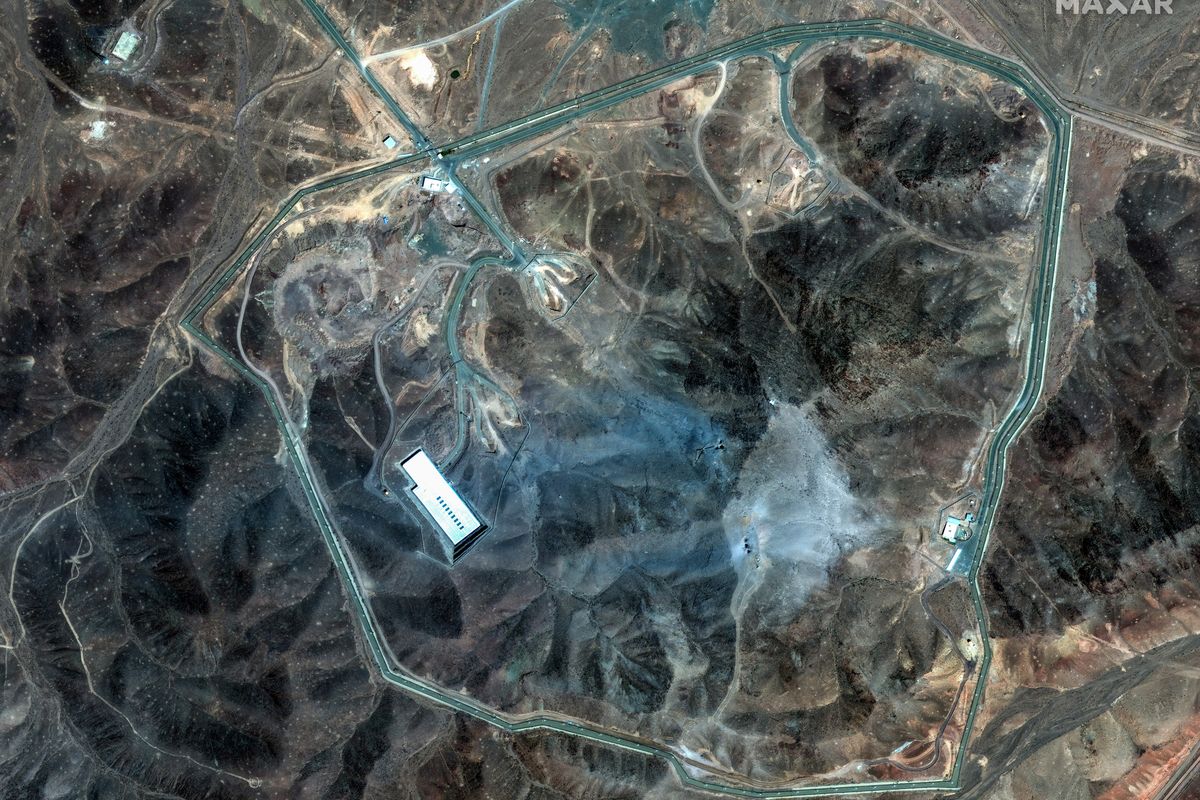PRIVATE SECTOR PERSPECTIVE — The primacy of U.S. power is facing an unprecedented challenge: A strategic competition with the People’s Republic of China (PRC) is shaping the future of U.S. policy and arguably the international order. Now, the U.S. must set the terms of the contest, stay ahead of global crises, and outpace foreign intelligence and military services as they relentlessly pursue high-tech competitive advantages. To prevail in this decisive decade, the intelligence community (IC) must accelerate its fielding of innovative, mission-driven capabilities.
Success will entail deliberate, collaborative partnership between the IC and industry. The goal is achieving the scale, agility, and resilience to outpace adversaries—and the means to this end will be the business processes and models around the workforce, technology, and acquisition:
- A scalable workforce is essential. Given the demand for cleared technical talent, high salaries in industry, the security clearance process, workforce trends, attrition, and millennial workers’ tendency to stay in a role just a bit longer than it takes to obtain a high-level clearance, the IC is challenged to hire and retain talent. The IC needs expanded, quicker access to specialized, diverse talent—a broader range of companies and workers—along with a faster process for final clearance adjudication.
- Agile technology adoption involves understanding, obtaining, and quickly delivering capabilities. This is essential for mission resiliency. The IC can benefit by casting a wide net to understand the landscape of new and emerging capabilities and support the identification, integration, and adoption of novel tech to outpace adversaries.
- Innovative acquisition can enable speed to mission. The talent and technology processes are highly dependent on the acquisition model. Two opportunities for improvement include quickly enabling agile contracts that attract the wider tech industrial base and enabling contractors to continuously innovate, while on contract, to meet the evolving mission needs over time.
So, what tools can the IC use to evolve these business processes and models? In each case, the IC can apply a mix of three levers to increase speed to mission with creative thinking, leading practices, and strategic investments. Here are the three levers:
- Co-opt: Reuse work produced by others for new and innovative purposes.
- Collaborate: Synchronize ideas and capabilities to accomplish a shared outcome.
- Co-invest: Use industrial and government funding for mutual benefits to realize strategic changes and improvements.
Now, let's explore how to put this approach into action. To enable a scalable workforce, the IC can pursue the following ideas:
- Collaborate on specific tasks that can be done at an unclassified level or with a relatively low clearance. This can be done by choosing the right scope (conducive work) that can easily be packed for unclassified development and then flow back up to classified operations (develop low/deploy high).
- Collaborate to overcome contract limitations. IC contracts almost always have clauses that define clearance levels or types, but this language is often overly restrictive: Typically, the language says only cleared candidates can be nominated to the contract—and in some cases, only clearances from the contracting agency are accepted. At a minimum, this limits industry’s ability to hire the most qualified people and then clear them. Disparate clearance crossover requirements at different agencies also stymie the process. Both types of restrictions delay efforts to get the best and most diverse personnel on mission as soon as possible. Including flexibility and clearance reciprocity can increase multi-class opportunities from the start and naturally expand the cleared talent pool. Working with government contracting, technical and security leaders can help to find where contract clauses can be changed to safely enable clearance and location flexibility while keeping security requirements.
- Co-invest in upskilling to train cleared talent in new skills. Industry can invest and provide training courses in support of high-demand skill areas. What is needed is the opportunity to bring these professionals into more junior positions on contracts to continue learning and mentoring.
- Co-opt agile security processes and standardize as much as possible to offer greater reciprocity among IC agencies and organizations in accepting each other’s clearances and suitability decisions.
- Maximize the utlization of existing sensitive compartmented information facility (SCIF) spaces through expanding co-use and/or joint use as appropriate, both in the Washington, DC, metro area and other geographic areas. Collaborate on ways to streamline the acquisition process for SCIF communications equipment (and where appropriate, industry co-investment with government on the purchase of such equipment).
Looking for a way to get ahead of the week in cyber and tech? Sign up for the Cyber Initiatives Group Sunday newsletter to quickly get up to speed on the biggest cyber and tech headlines and be ready for the week ahead. Sign up today.
To enable agile technology adoption, the IC can pursue the following ideas:
- Co-opt 80% commercial solutions to quickly meet mission needs rather than pursuing custom builds that run the risk of becoming obsolete after undergoing a lengthy accreditation process. Modular builds using commercial products enable plug-and-play capabilities within a zero- to three- to six-month range of market presence: This enables delivery of cutting-edge, mission-driven capabilities.
- Incentivize coordination between trusted government contractors and start-up/venture communities to accelerate the identification and integration of capabilities. It's time to use the same technologies and relatively short funding cycles that are transforming the private sector to transform the public sector. Utilizing tech scouting at scale (or even standardizing the process) could help efficiently find capabilities that meet mission needs.
- Collaborate to find performance metrics tied to mission outcomes: When it comes to tech adoption, there's often a focus on adopting new ideas before showing how a technology will enhance a mission. It’s important to focus on outcomes driven by the capability. Performance measures then assess progress toward achieving the needs of the end user. For example, artificial intelligence (AI) is a hot topic: Everyone wants to use it and believes they need it, but they may not know how to apply it or what the desired mission outcomes would be. More coordination between technology developers and end users during the entire development process would enable better results.
- Collaborate and co-invest to reduce the formal authority to operate (ATO) timeline: Drive automation into the ATO process to enable a security development operations (SecDevOps) approach: For instance, creating a continuous integration and continuous delivery (CI/CD) pipeline lets developers rapidly deploy their newest software tools for evolving missions. In addition, applying automation to update security processes for accreditation can significantly reduce the time needed to field new capabilities. By taking on more risk, government and industry can accelerate speed to mission.
To enable innovative acquisition, the IC can pursue the following ideas:
- Collaborate with industry on describing achievable, cutting-edge outcomes and capabilities that will create strategic advantages: Challenge industry to innovate with purpose and develop solutions that add value. This applies to achieving a scalable workforce, adopting tech, and shortening the acquisition lifecycle. Consider standardizing innovation flexibility throughout contract execution, instead of cementing requirements at the onset of a multiyear program. The not to exceed (NTE) travel contract line-item number (CLIN) is a relatable example: When a mission involves travel, but details aren’t set, an NTE cost CLIN is provided that is negotiated with Industry to be used when mission needs arise. A similar idea could be implemented to incentivize innovation by encouraging industry to develop novel ways to increase efficiency, reduce costs, introduce new technologies, and improve overall effectiveness.
- Co-invest to integrate the innovators at scale. To maximize the benefit of agile tech adoption, the IC has taken steps to ease acquisition efforts involving emerging tech companies, and stakeholders still need support finding, vetting, and conducting due diligence on the ones that will have the most significant impact. There are likely better ways to incentivize these partnerships via acquisition strategies. Trusted Industry partners who understand the mission and systems involved could help co-invest to be the “bridge” by either teaming with, or investing in, these start-up organizations to develop mission-driven solutions. Industry partners can enable the scale needed to cast the wide net, shepherd start-ups into the world of government contracting, and help integrate the product/solution with the contract structure that allows and incentivizes this type of teaming to advance the mission.
In short, when new mission needs arise, there are three questions to consider:
- Is there something I can co-opt from industry?
- Is this something I can collaborate on with industry?
- Who within industry could I co-invest with?
The answers to these questions will shape tomorrow’s tradecraft. That is the challenge—and the opportunity—facing the IC and industry. Working together, all stakeholders can ensure tomorrow’s operations have the scale, agility, and resilience required.
Read more expert-driven national security-focused news, insights and analysis in The Cipher Brief















